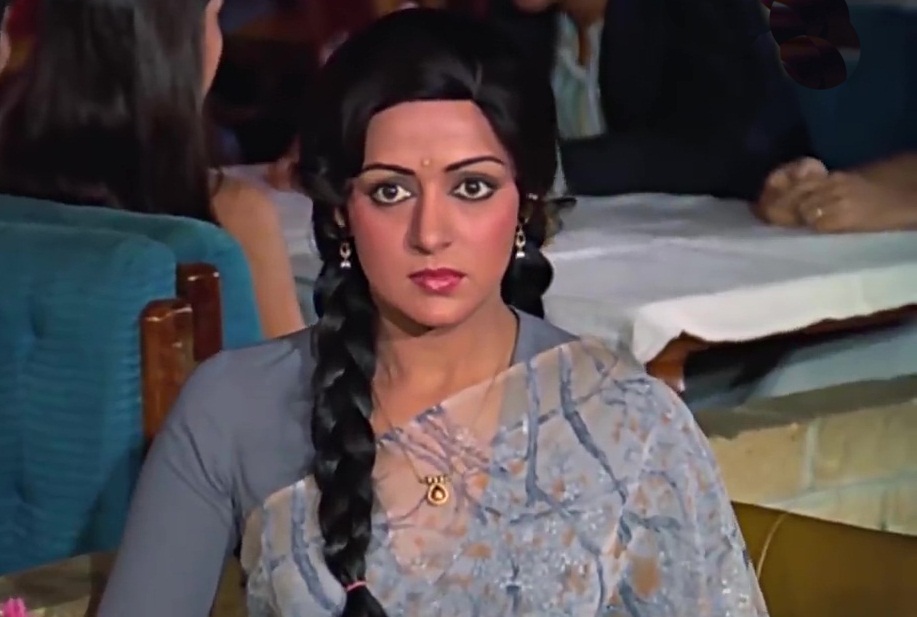Sometimes, the daughters lent strength to their subjugated parents. Hema Malini in Aap Beeti becomes an airhostess to offer a comfortable life to her ailing parents but till she is trained at her job, her parents need to stay with their son and family where they are ill-treated by their daughter-in-law and leave the house. Hema Malini finds them somehow and transforms their lives. Rekha in Umra-o-Jaan is unable to do that to her mother who has no voice to express herself. She is aware knows that the tawaif holding the mushaira in the neighborhood is her missing daughter but forbidden to cross the boundary of the home. The courtesan/ Rekha is unable to contain her tears following the frail shadow behind the blinds singing ‘Ye kya jagen hai doston...’ but all they can exchange are moist glances for both know that it is too late to return.
As cinema progressed with time and the mother along with other women characters expressed freely in the screenplay, the narrative became more and more attractive. The memorable characters consequently spread out in all genres and at all times. The oppressed and the regressive roles co-existed as well because life balances all kinds of people, and which is why a Tisca Chopra cried quietly in the carunable to fight her husband’s decision in Taare Zameen Pe the coming years also introduced the courageous/Paa to the unconventional, genius mother/Shakuntala Devi because all of them are reflections of the Indian woman.
Concluded
